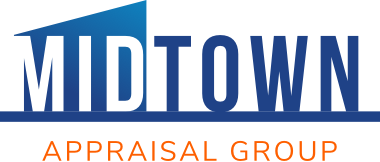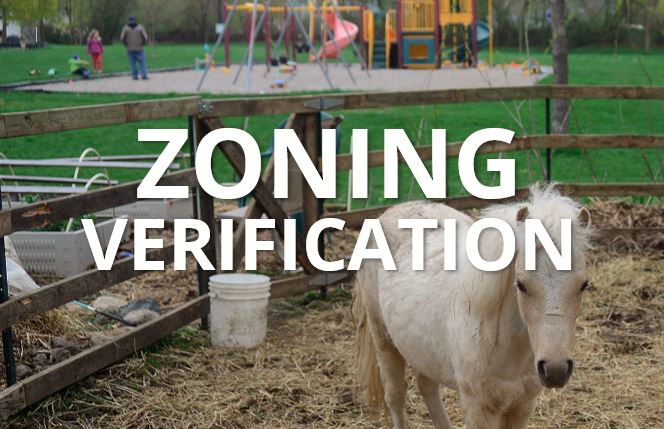Sometimes, when you’re appraising a property – especially an older one – you’ll come across something that doesn’t seem to fit in with the typical zoning for the area: Maybe it’s a large commercial sign in a street of single-family homes, a quadruplex that was built in the 1960s that now sits beside luxury homes, or even a small barn with a pony in the backyard of a house in an otherwise residential neighbourhood.
Typically, these are ‘grandfathered’ exemptions: That barn (and some kind of horse) have been there long before the subdivision was built around it; the property with the commercial sign has been owned by the same family for 45+ years, and they’ve been running a small business out of the garage all that time, etc. The municipality may overlook these kinds of small or longstanding zoning violations for years when the property is in the same hands.
However, if the property is sold to new owners, if a neighbour complains, or if a resident or tenant tries to expand upon or otherwise change the non-conforming zoning, that’s where the trouble can start. The person who bought the quadruplex, for example, and wants to expand the parking lot or add a fifth unit in the basement may discover that they either can’t get the permits or, even worse, get cited by the municipality after they’ve done the work, making their expanded parking lot or fifth unit illegal. So how can buyers protect themselves from zoning surprises? Zoning verification.
What is a zoning verification?
Essentially, a zoning verification is simply a letter or document from the municipality or city confirming what the official zoning of the property is, and what can be done with it.
This includes:
- What uses are permitted on that property
- Whether the zoning has changed or been altered since the property last changed hands
- What types of buildings are permitted on a property and what their permitted uses are (residential, commercial, industrial, institutional, etc.)
- How a property may be used within the lot size, including things like maximum building height and parking requirements
Zoning verifications will also tell you:
- Whether the current use is permitted
- Whether your proposed use is permitted
- Whether there are any heritage, cultural or conservation restrictions on the property (i.e. is there an old stone farmhouse that must be maintained, or a wetland area that can’t be disturbed)
- Potential pitfalls (excessive restrictions)
- Outstanding work orders, building permits or zoning violations that might be present
Why is a zoning verification so important?
Because, as in our examples above, it’s crucial to know what you can do with a property before you purchase and/or upgrade it. What’s more, property values can change depending on zoning: A 10-acre piece of land that is zoned ‘agricultural’ (and can therefore have a maximum of one residential dwelling on it) is generally going to be less valuable than a 2-acre piece of land that is zoned ‘residential’ and can be severed to provide multiple single-family lots.
How do you get a zoning verification?
It’s more straightforward than you might think. For most municipalities, you can go online, submit an application (plus a fee) and, usually within a week or two, you’ll receive documentation about your property.
In Ontario, the fee for zoning verification is typically $200-$500, depending on the property – but in our opinion that’s a small price to pay to ensure you can use your property in the way you’d planned!


